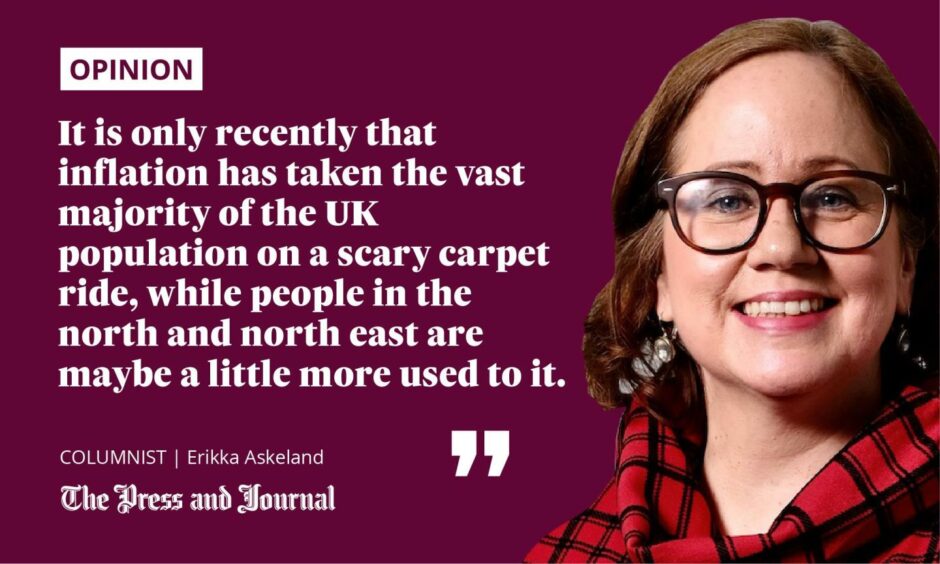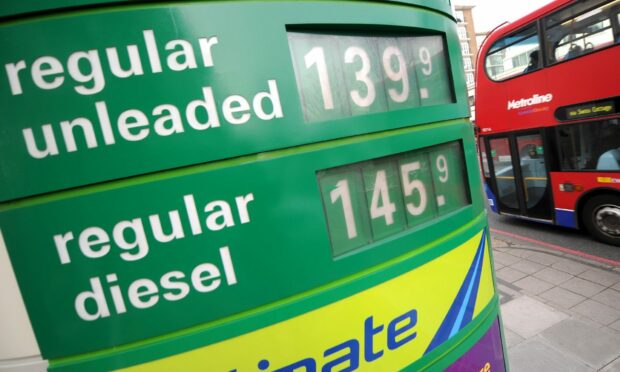As the price of a barrel of Brent crude looks set to cruise past the $100 mark, some people will be pleased.
Others, who filled up their their tanks at the fuel pump yesterday when petrol and diesel prices reached a new record high, will be less so.
Anyone who works in oil and gas, or who has a friend or family member that does, knows fluctuations in global commodity prices can feel like a spin on the dead man’s drop at Codona’s.

As the price of oil and gas rises, so does job security and perhaps the opportunities for raises or bonuses.
But they also feel the downside when commodities plummet, causing job losses or pay cuts, as anyone who lived through the oil and gas crash of 2014-16 will remember well.
But oil and gas companies have been doing much better recently, thank you very much. North Sea players such as BP and Shell, not to mention Equinor and TotalEnergies, have raked in tens of billions of profit on the back of the oil and gas price recovery.
Eventually these riches will also trickle down to the supply chain too, which should herald good news for tens of thousands of workers in the north east in particular.
Ideally this cash will also mean these largely hydrocarbon-dependent companies can afford to broaden out into greener, cleaner energies like offshore wind, hydrogen and carbon capture and storage.
However, these operators also face calls to have their profits scalped with windfall taxes in order to cushion the rest of the UK from the cost of living crisis.
It is only recently that inflation has taken the vast majority of the UK population on a scary carpet ride, while people in the north and north east are maybe a little more used to it.
What is certain is the price of heating, fuel and every day staples rockets at a rate not seen for 30 years.
This means more and more people to have to choose between eating and heating.
Oil and gas a driver of inflation
Oil and gas prices are a major driver of inflation, so is Brexit which is causing transport difficulties and staff shortages.
Alex Kemp, professor of petroleum economics at Aberdeen University, has highlighted how easy it could be for oil and gas to spiral further, whether that is due to another severe late winter storm or hostilities breaking out in the Ukraine.
In the home this means heating costs are set to rise dramatically in April while businesses which are not insulated by price caps are paying the price now.
Meanwhile, both petrol and diesel were the most expensive they have ever been on Sunday, with the average price of petrol being 148.02p per litre, according to the AA.
Spikes in the price of oil typically feed through into prices at the pump in one or two weeks, which means these could rise even further in coming weeks.
Most of us buy motor fuels from supermarket forecourts.
The “big four”- Asda, Morrison’s, Sainsbury’s, Tesco – are themselves struggling to stay on top of inflation.
Supermarket staples like pasta, tinned tomatoes and strawberry jam have increased in price by around 8% in just one year, the latest study has found.
However analysts believe that supermarkets are adding more to the cost of fuel at the forecourt to offset the inflationary pressures in their food businesses.
Usually the supermarkets have been the cheapest place to fill up as they used low pump prices to lure customers.
But now all bets are off, particularly at Asda where new owners the Issa brothers have “applied a different pricing strategy and the rest of the industry have just followed”, according to an analysis by Clive Black at Shore Capital.
Data from motorist group RAC recently revealed that the supermarkets have tripled the profit margins they make on petrol in the past three months – up to 8.6% from 3.2% in 2019.
Maybe it’s possible to feel pity for the supermarkets, but they were the one part of the retail supply chain to benefit from lockdown during the covid pandemic.
If oil and gas producers have to justify their earnings at time of rising prices, so too should they.
Because at times like these when households are in crisis, every little bit helps.


